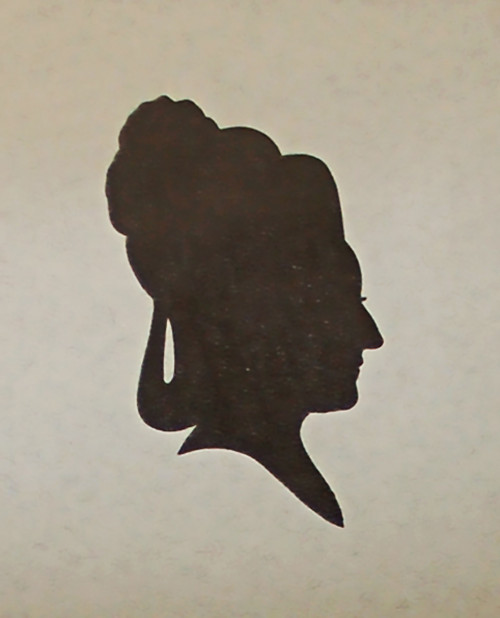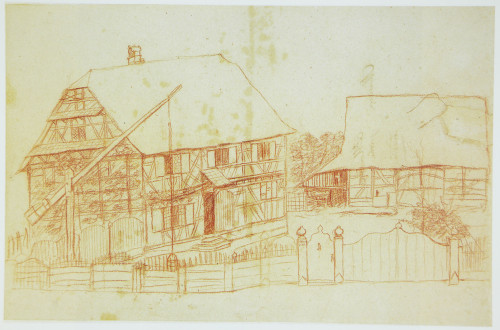Here, in the green gable room of the attic story, the young Goethe spent important years of his life. Except for his periods of study in Leipzig and Strasbourg he lived and worked in the so-called “Poet’s Room” until leaving for Weimar at the age of 26. Goethe sat for his law exams, but he devoted himself with greater enthusiasm to literature and his art studies. He collected plaster casts of antique sculptures like the head of Laocoon on the writing desk and made many drawings. The head of a daughter of Niobe can be seen on the side table.
But most importantly, it was Goethe’s early literary work that was written at that time, during the age of Sturm und Drang: poems, including the Prometheus ode, plays, satires, essays on art and religion and the epistolary novel The Sorrows of Young Werther. Goethe achieved his breakthrough in 1773 with the play Götz of Berlichingen, which earned him the reputation of being the German successor to Shakespeare.
During his last years in Frankfurt Goethe began to delve into the history of the magician and scholar Dr. Faustus. The creative process initiated with the early version of the Urfaust, would finally culminate with the completion of Faust II a half year before Goethe’s death.
Goethe’s poem Prometheus speaks begins with the lines:
O cover up your heaven, Zeus,
With hazy mist,
And practice, like a lad
Beheading thistles,
On oak trees and on mountain heights –
My earth you must perforce
Leave standing yet,
And this my hut that you did not erect,
And my own hearth,
Whose radiant fire
Excites your envy.
Goethe: Prometheus speaks [ger.: Ode an Prometheus], 1773



